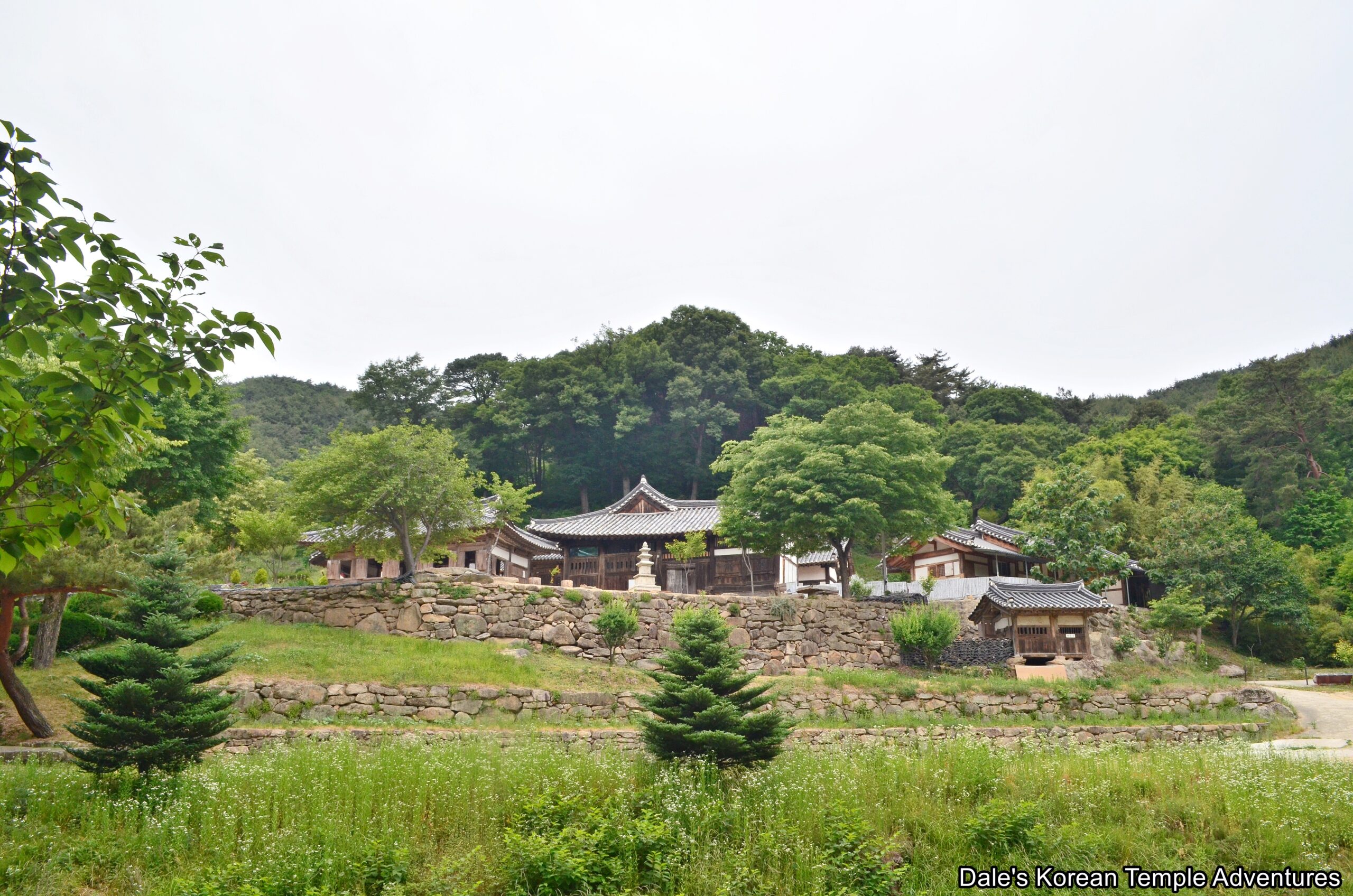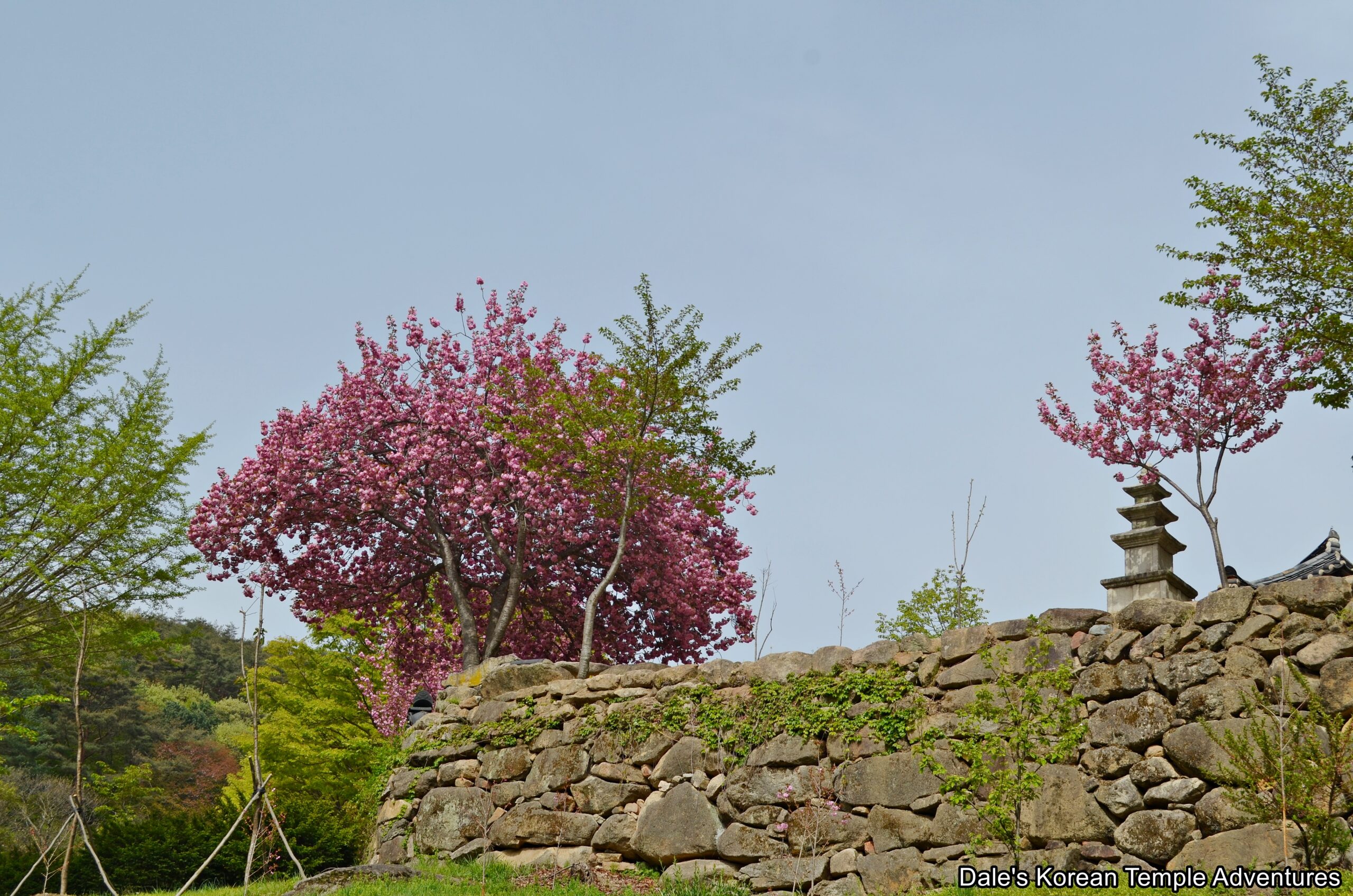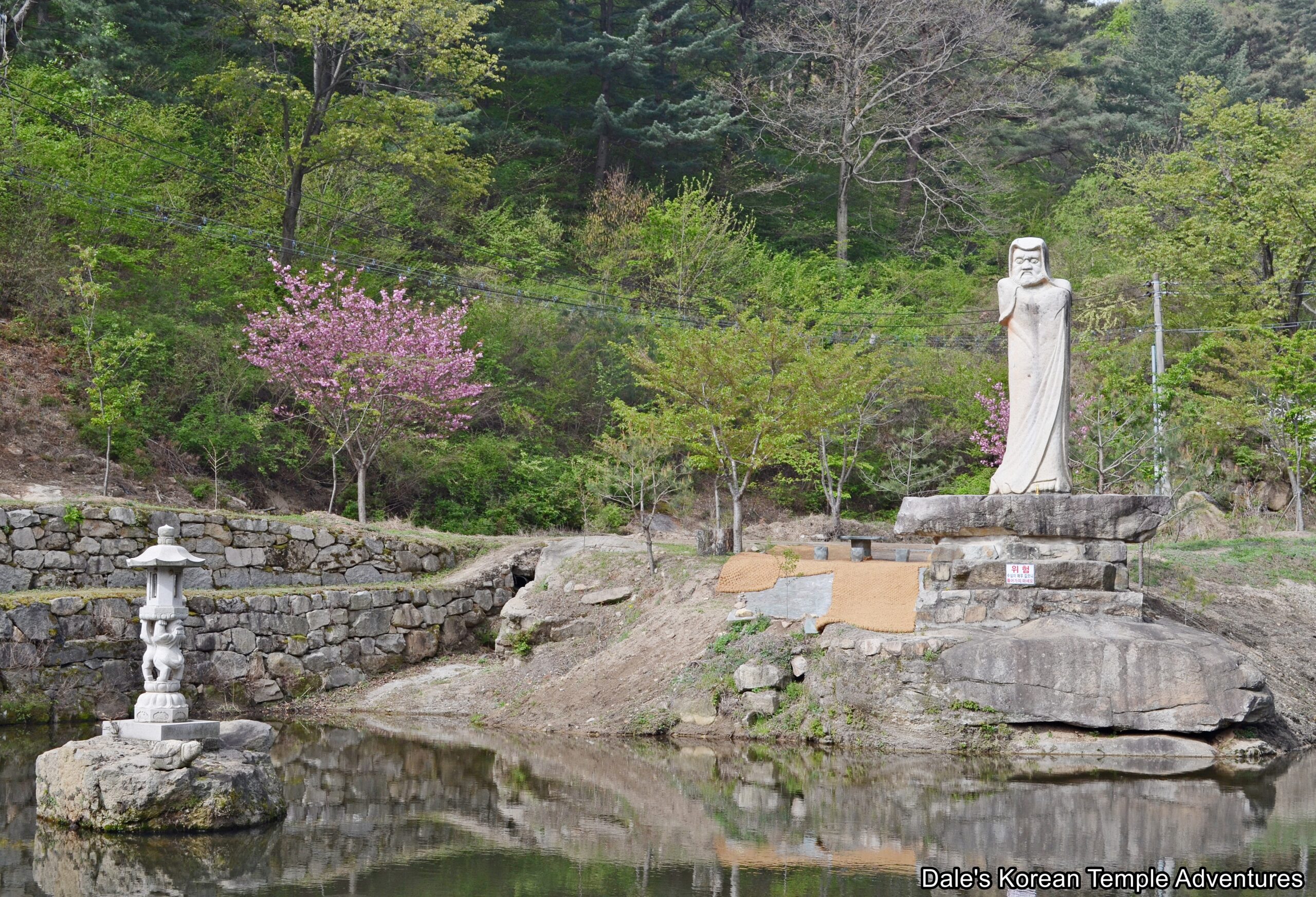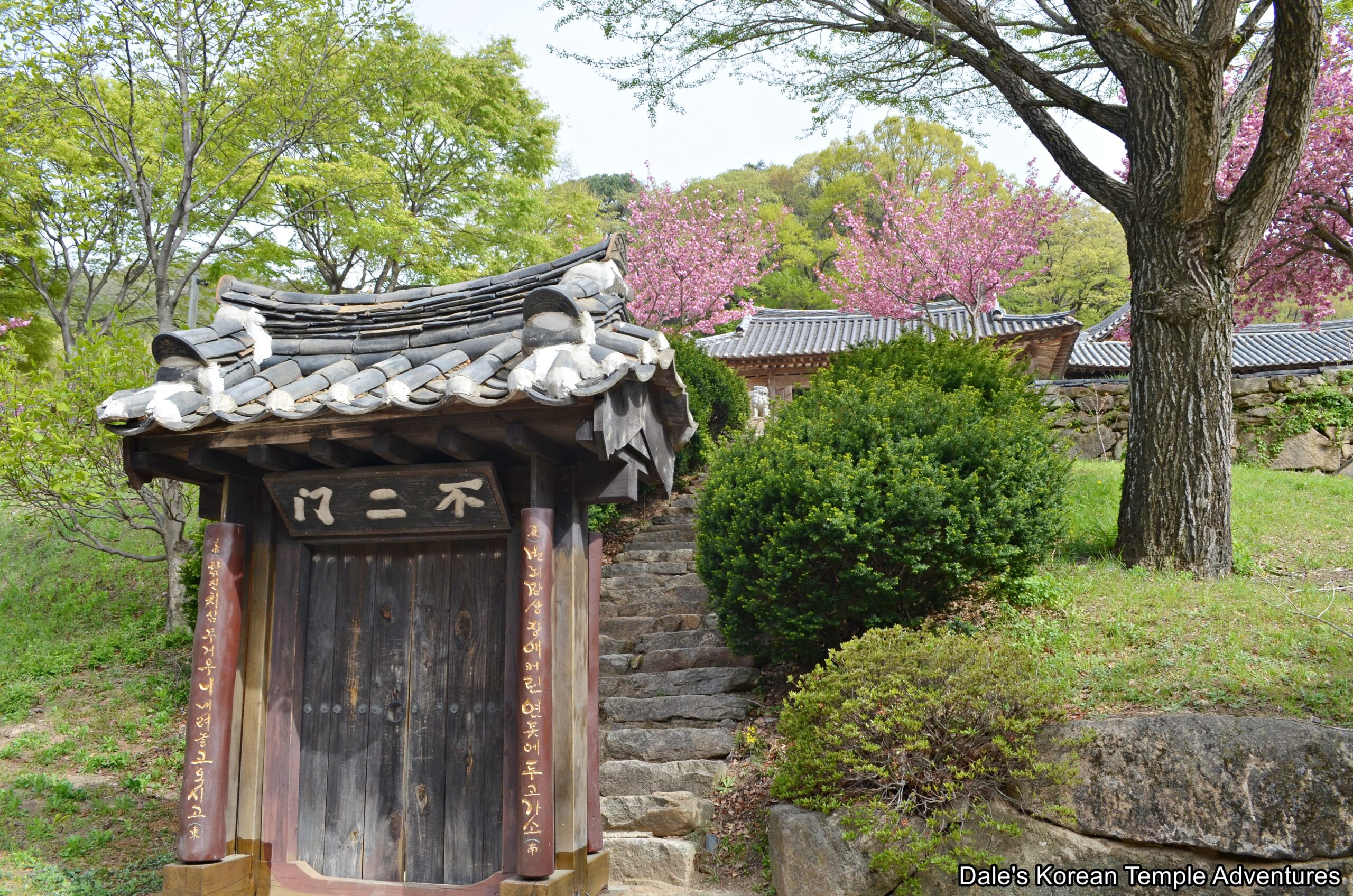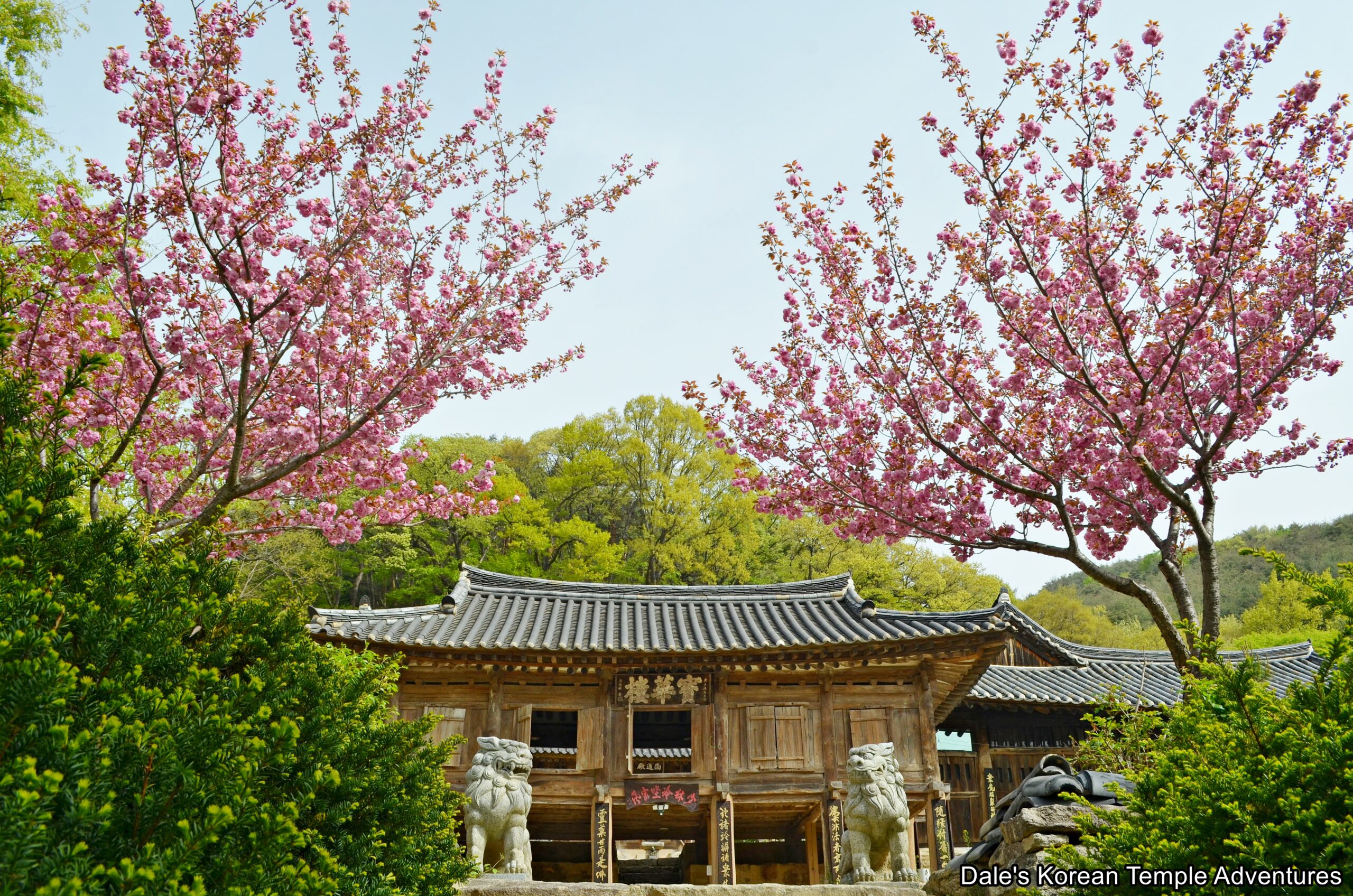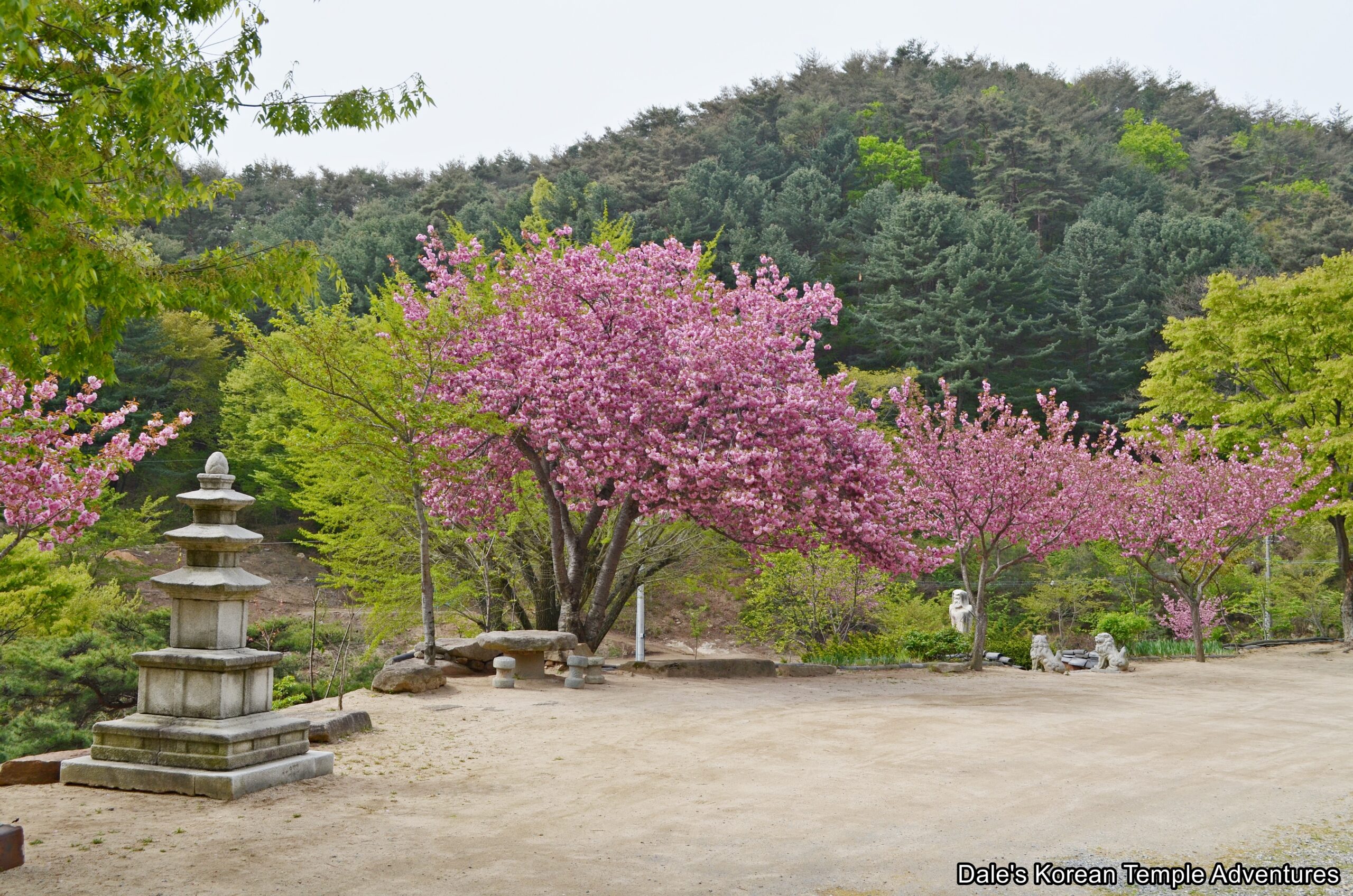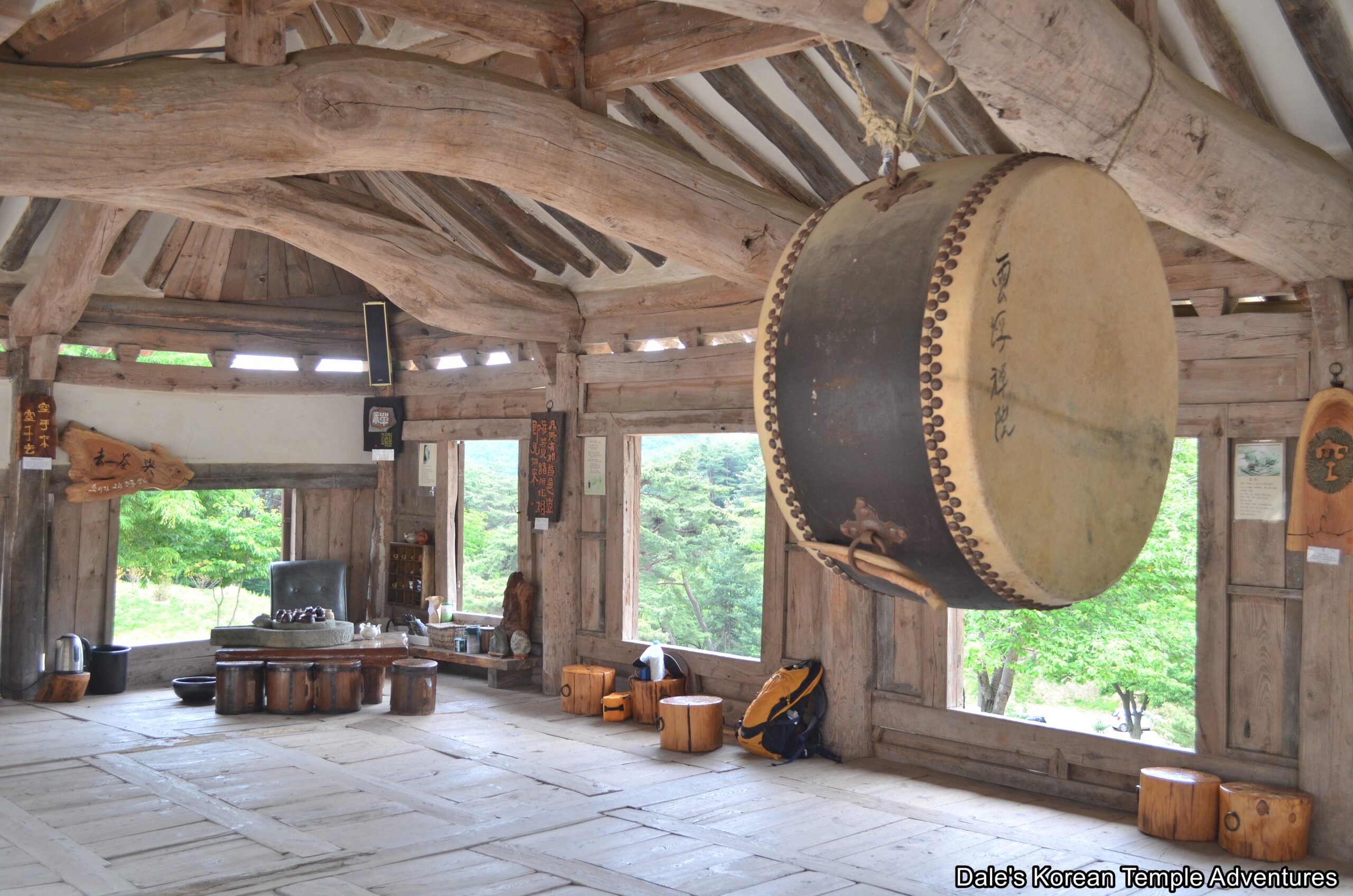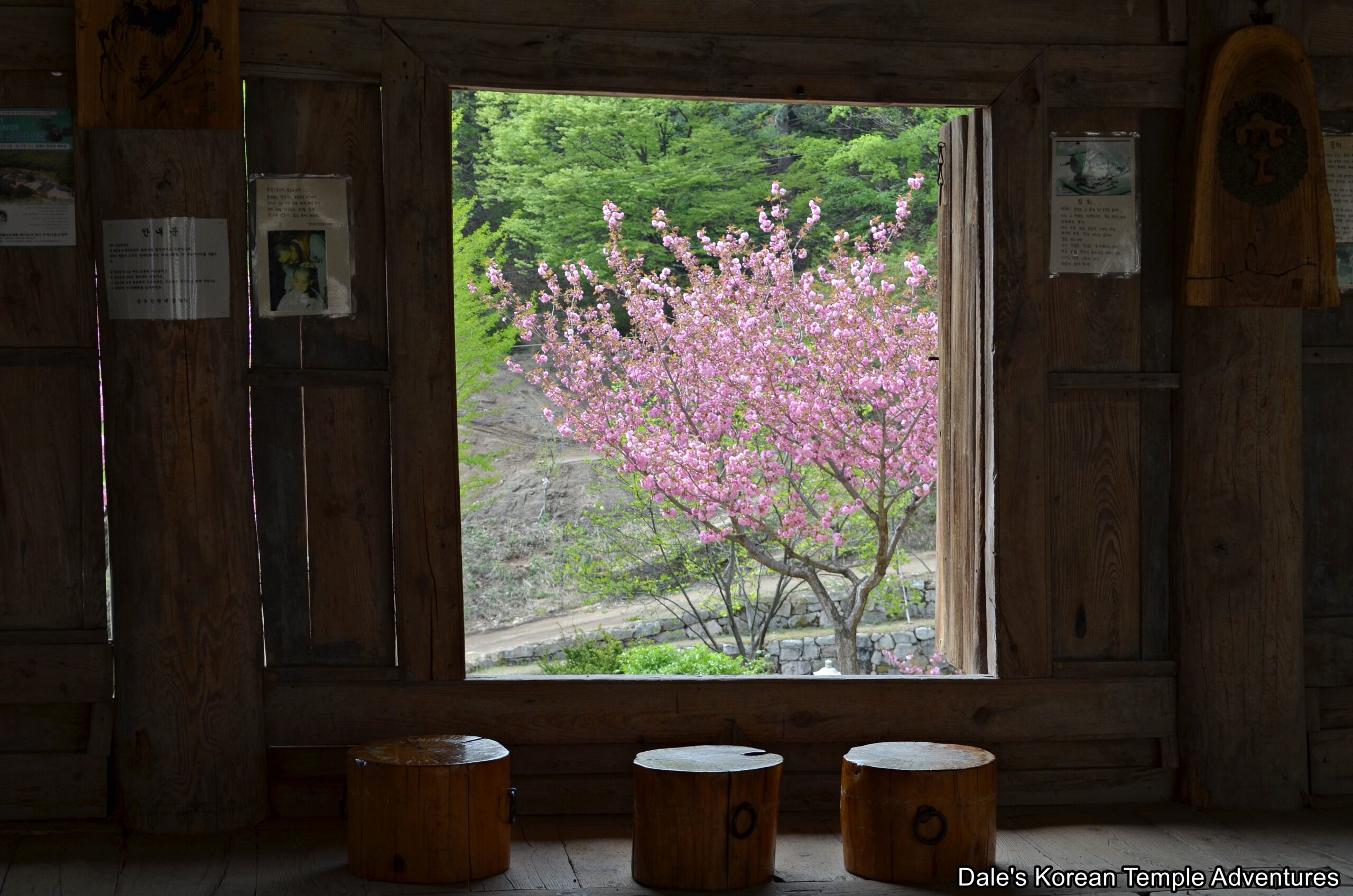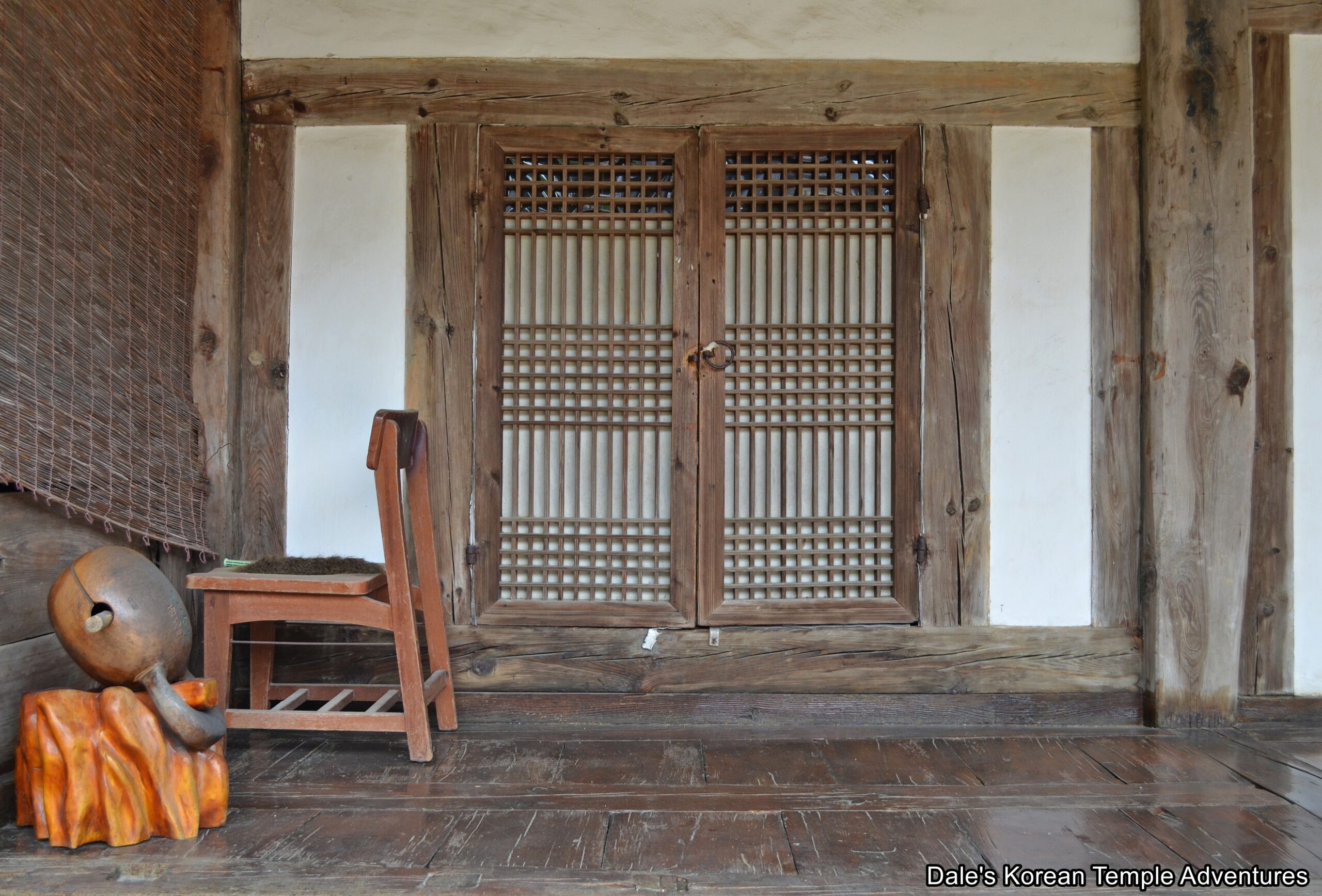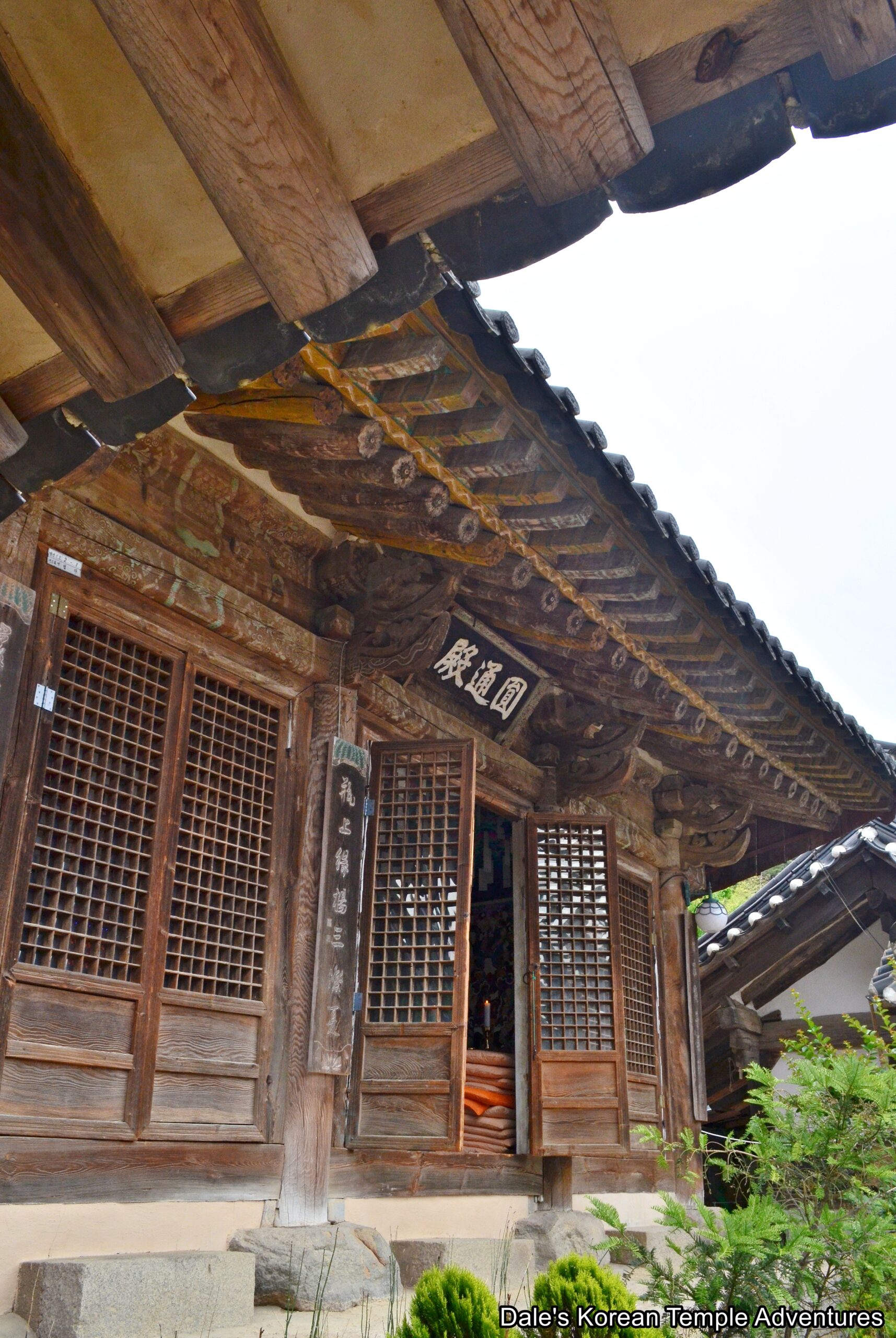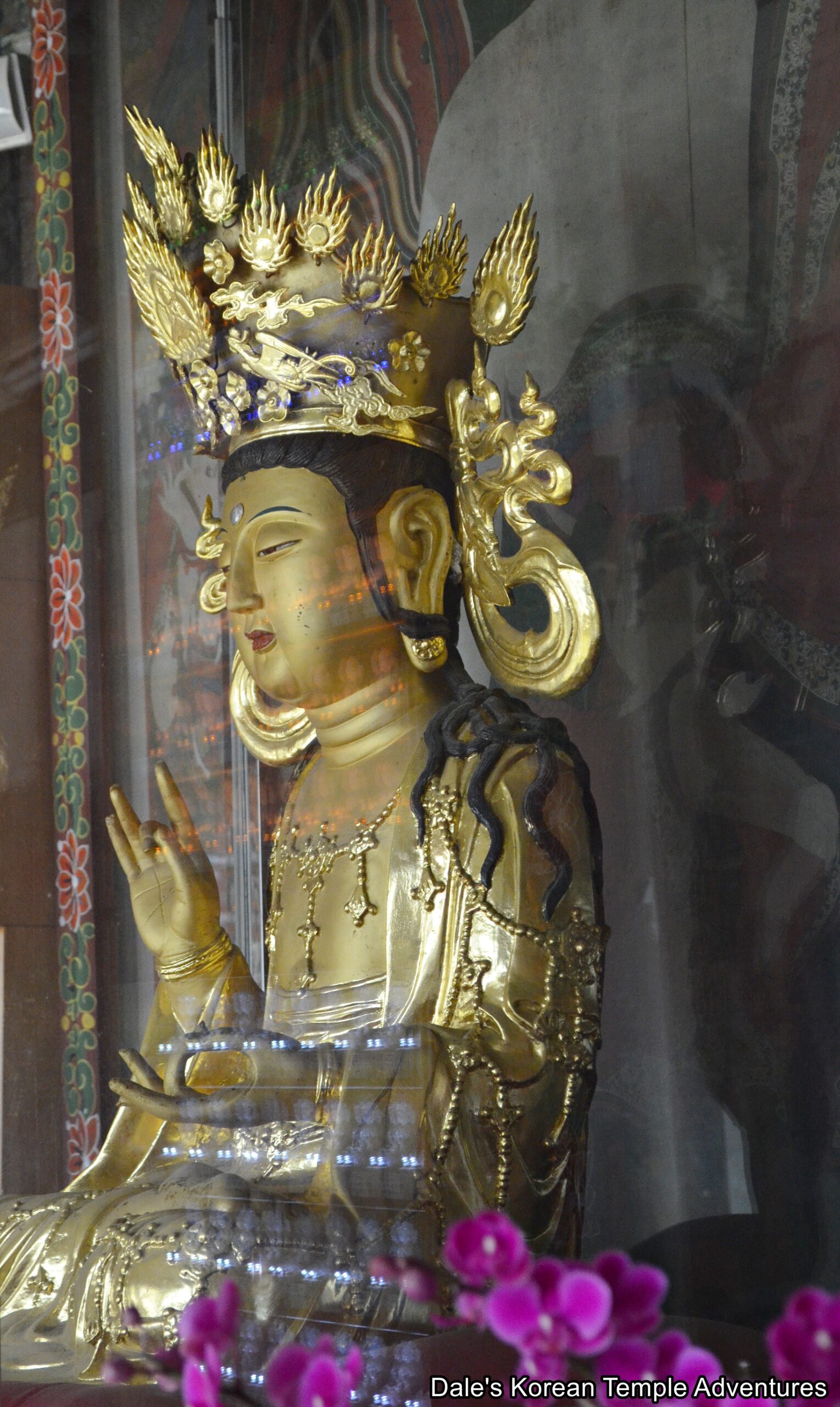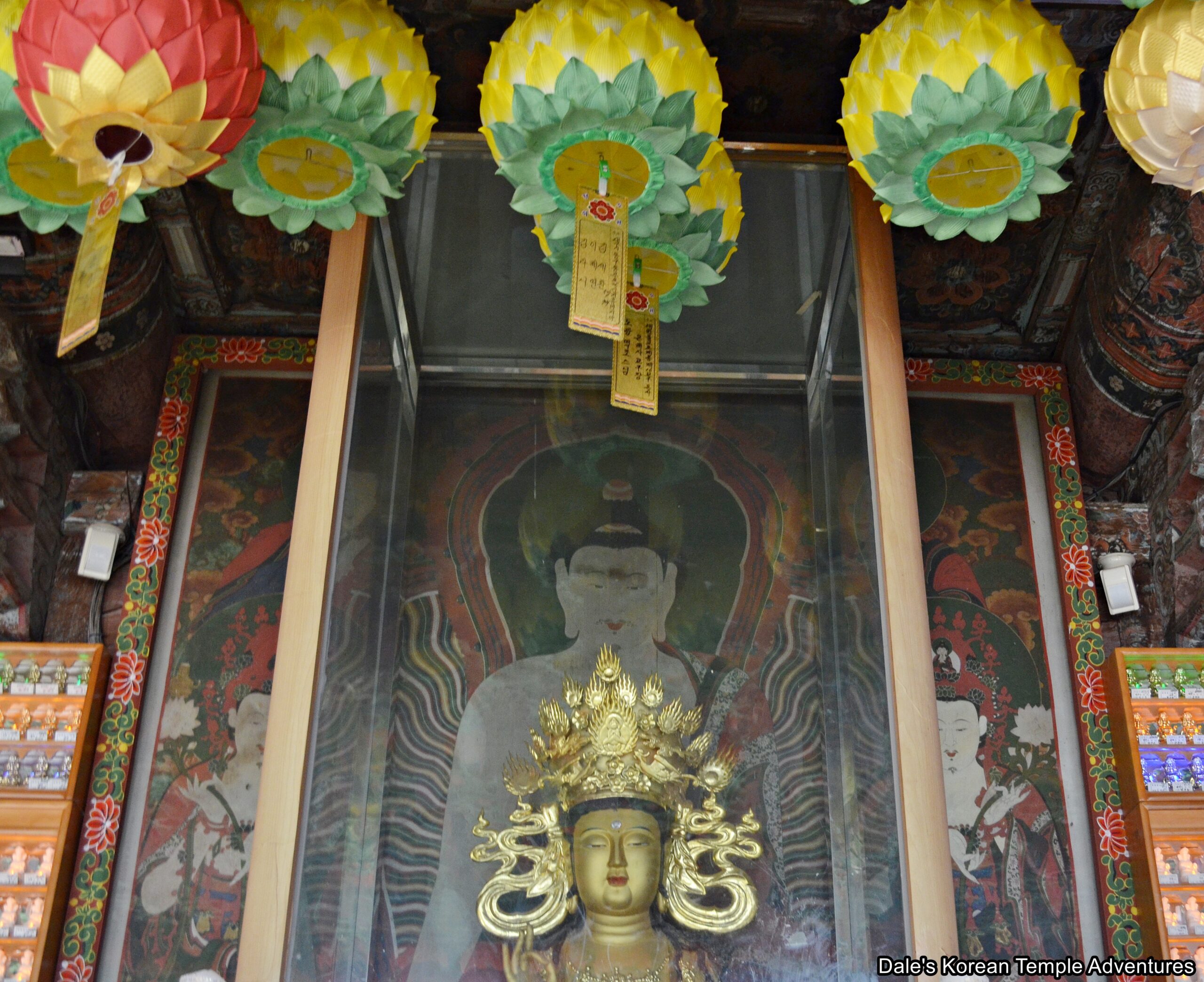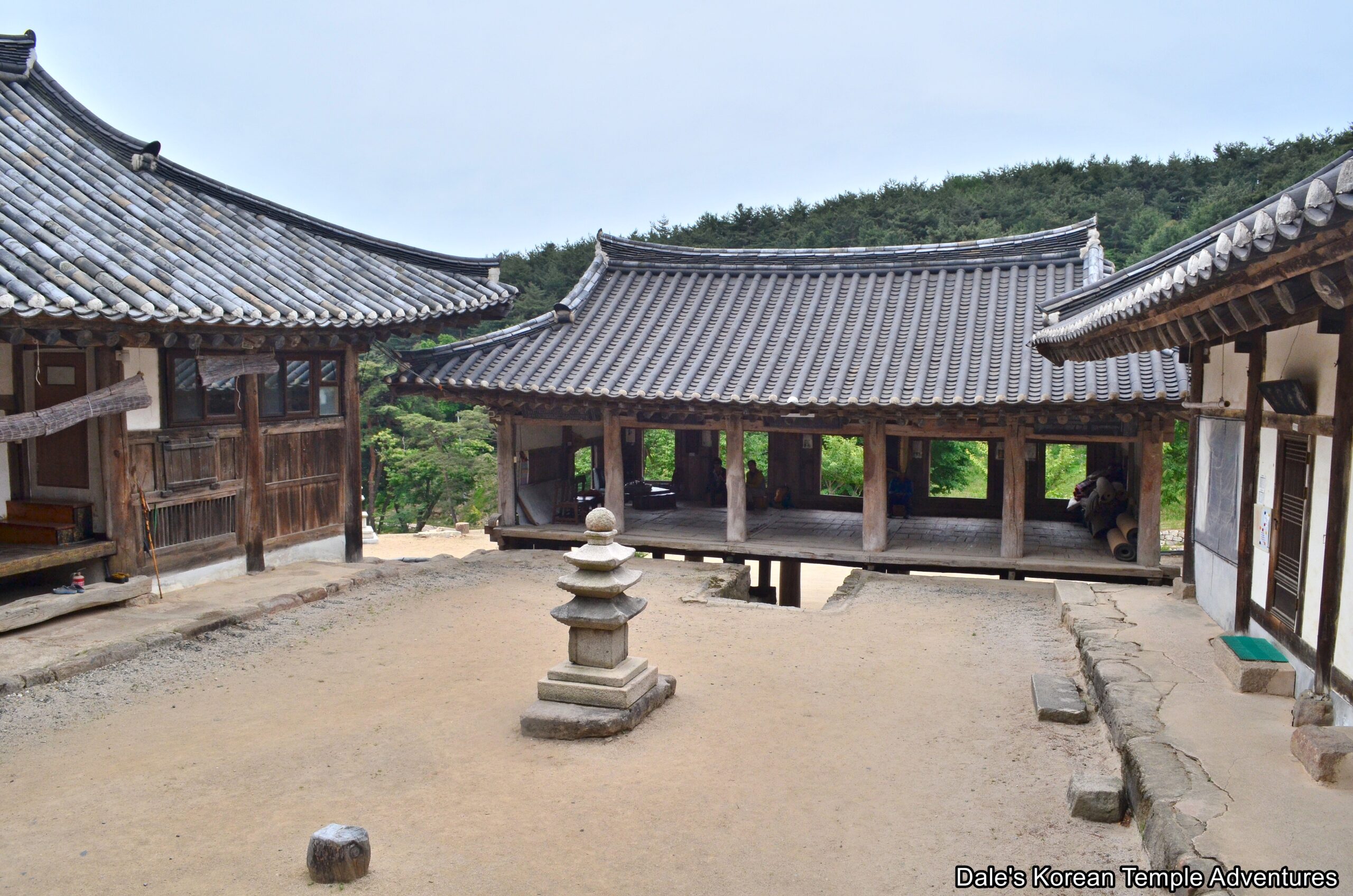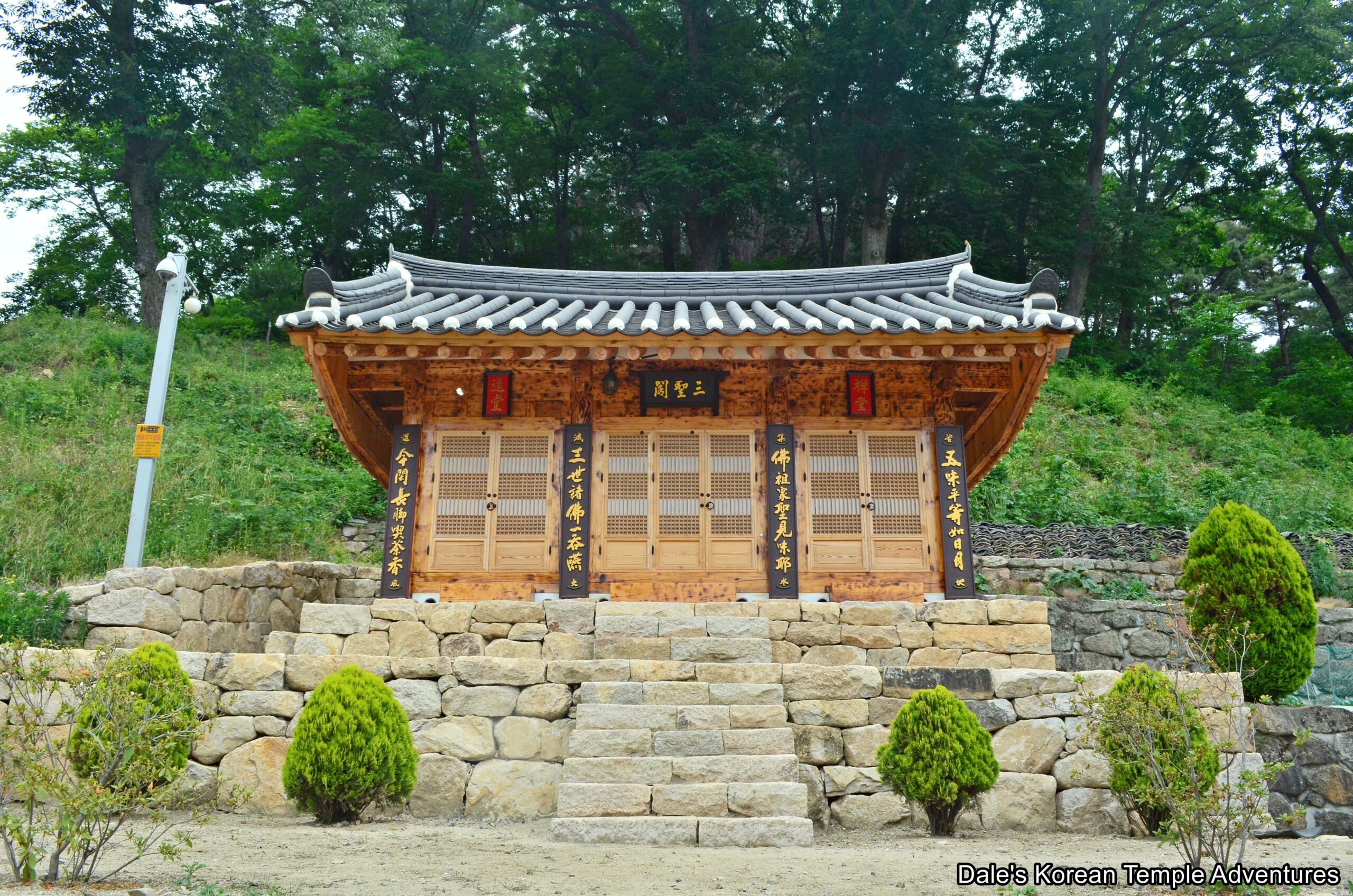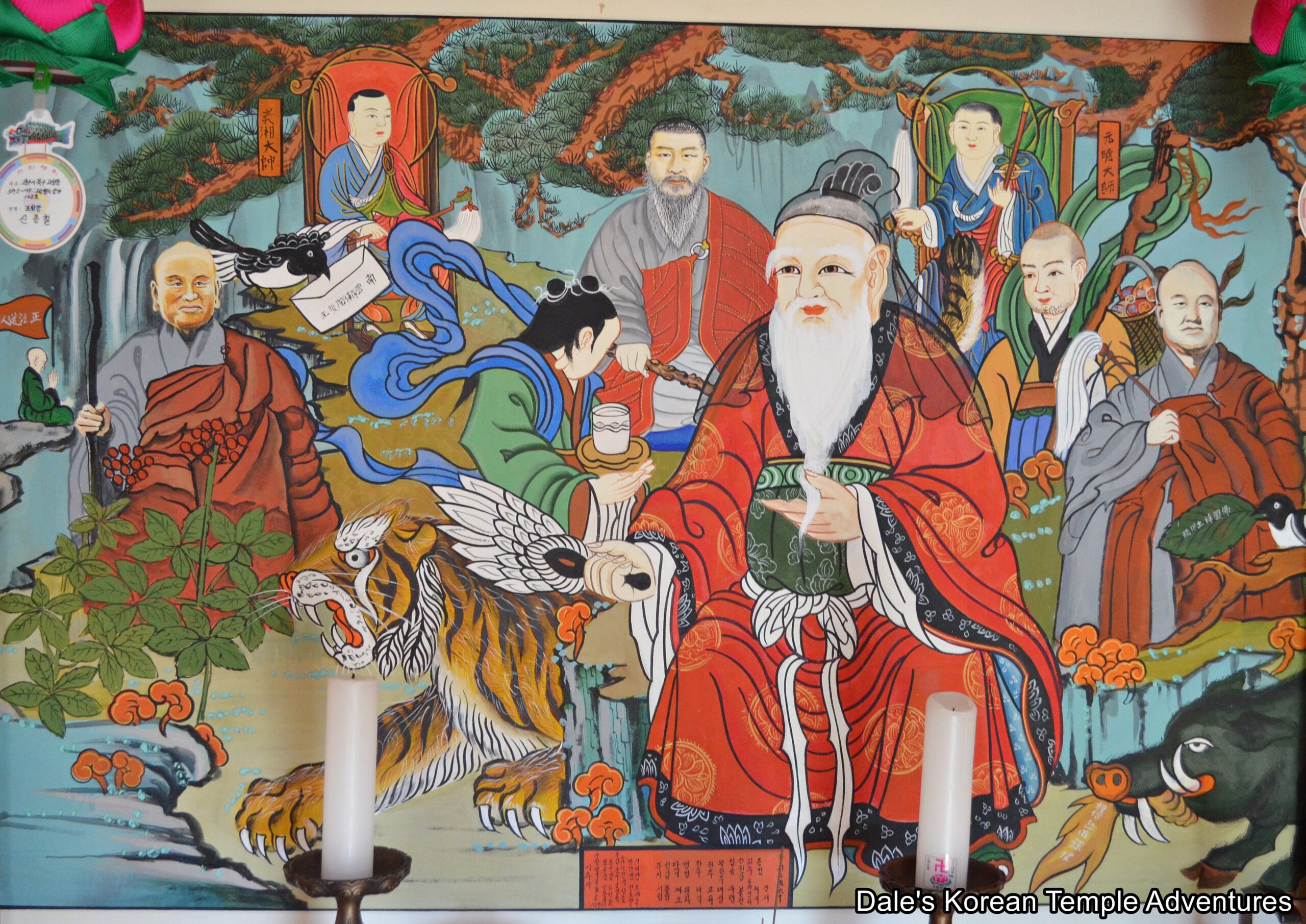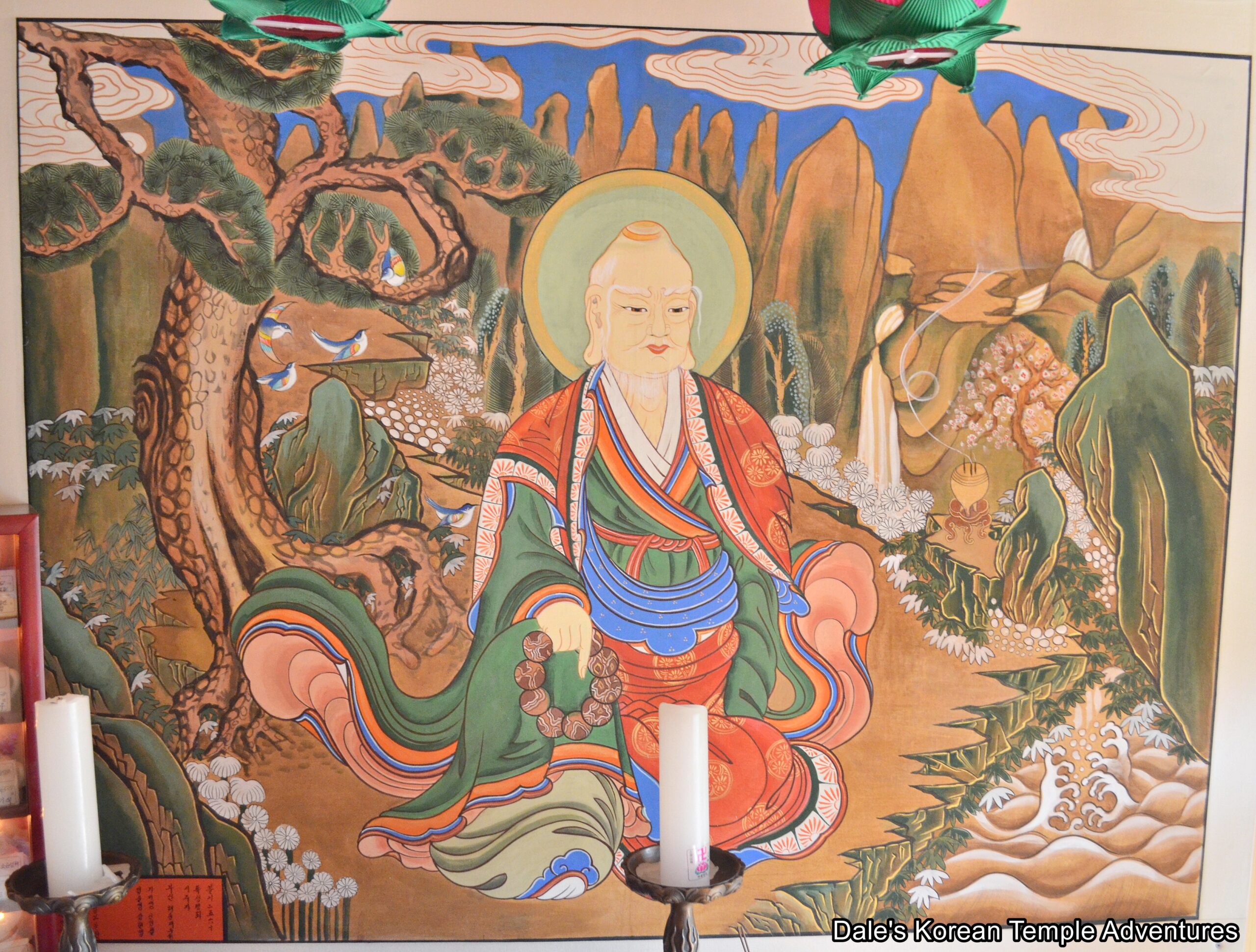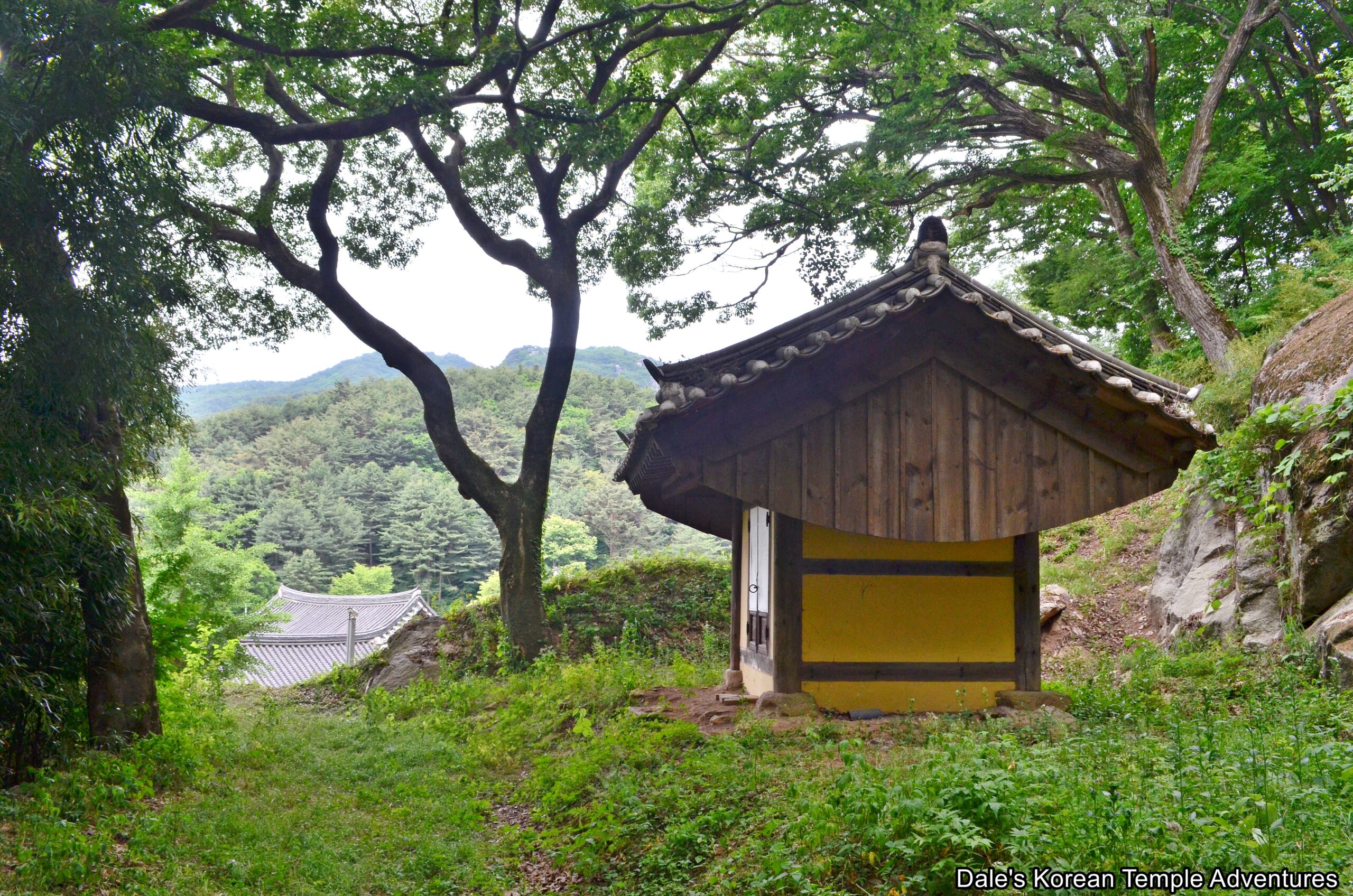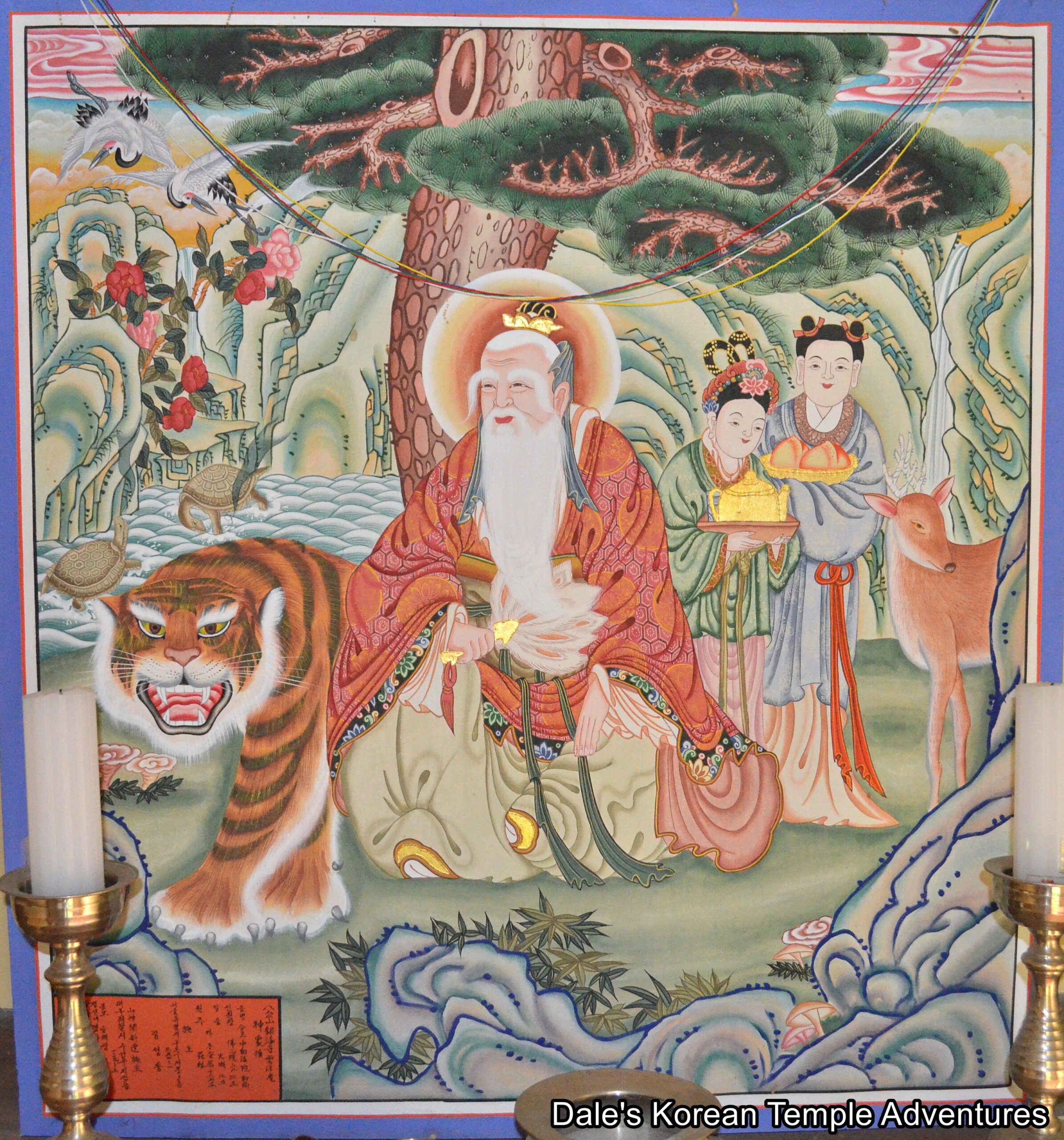Unbuam Hermitage – 운부암 (Yeongcheon, Gyeongsangbuk-do)
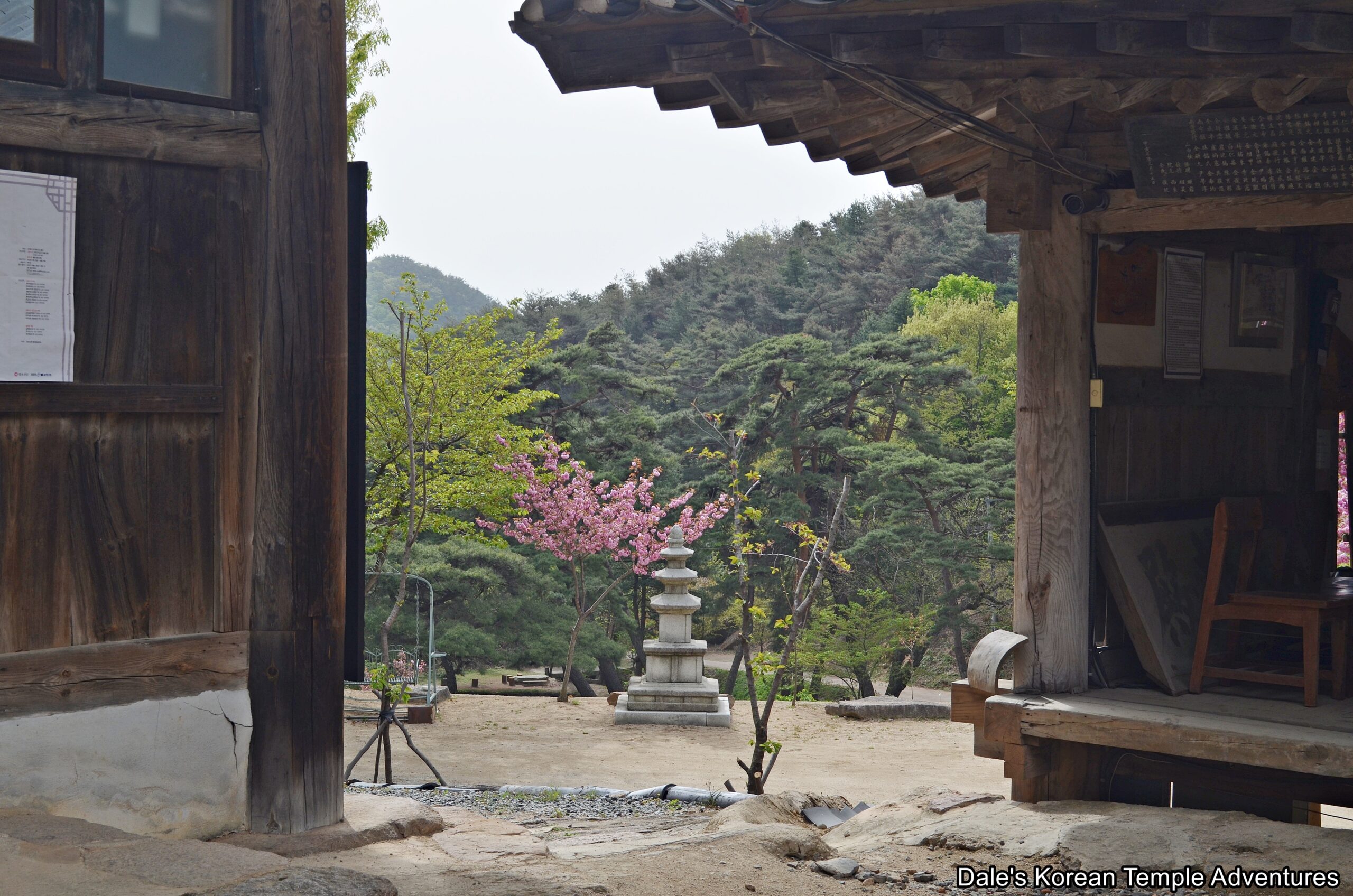
Hermitage History
Unbuam Hemritage is one of the several hermitages on the Eunhaesa Temple grounds. It’s located to the east of Mt. Palgongsan (1,192.3 m) in western Yeongcheon, Gyeongsangbuk-do. Originally, the hermitage was built by Uisang-daesa (625-702 A.D.) in 711 A.D. However, since Uisang-daesa was already dead when the hermitage was first founded, it’s highly questionable that he was founding any hermitages after his death. What is more likely is that it was first founded in 809 A.D. by the monk Hyecheol-guksa (785-861 A.D.), who was also the founder of Eunhaesa Temple in 809 A.D., as well. As for the reason that the temple is called Unbuam Hermitage, it’s because there was a floating cloud overtop of the location when the hermitage was first built.
After this, the exact history of the hermitage is unknown until it was destroyed by fire in 1860 and later rebuilt. Then in 1900, the Bohwa-ru Pavilion was built at the front of the hermitage grounds.
In total, Unbuam Hermitage is home to one Korean Treasure, it’s the “Gilt-bronze Seated Bodhisattva at Unbuam Hermitage of Eunhaesa Temple,” which is Korean Treasure #514.
Hermitage Layout
After making the hike towards Unbuam Hermitage, you’ll first be greeted to the grounds by two large artificial ponds. While the one to the right is rather non-descript, the pond to the left has a towering stone statue dedicated to the Bodhidharma standing in the centre of the muddy water.
Between both of the ponds, you’ll find an unpainted Bulimun Gate. Up a set of uneven stone stairs, you’ll find the large Bohwa-ru Pavilion straight ahead of you. This gate shields people from seeing directly into the main hermitage courtyard. You’ll need to pass under the Bohwa-ru Pavilion, and up a set of stairs, to finally be standing in the centre of the main hermitage courtyard.
Now standing in the hermitage courtyard, you’ll find that the main hall is book-ended by two long buildings. The building to your left is the visitors’ centre and kitchen, while the long, unpainted building to your right are the monks’ quarters. And standing all along in the middle of the hermitage courtyard is a diminutive three-story stone pagoda. This pagoda was probably much larger at one point, but the passage of time seems to have stripped it of some of its size.
Past the smaller sized pagoda, you’ll find the rather stout Wontong-jeon Hall, which also just so happens to be the main hall at Unbuam Hermitage. The exterior walls to this main hall are adorned with fading murals. If you look close enough, especially up near the eaves of the structure, you’ll notice some fading floral patterns. Stepping inside the Wontong-jeon Hall, and seated all alone on the main altar inside a glass enclosure, is a statue of Gwanseeum-bosal (The Bodhisattva of Compassion). This is the “Gilt-bronze Seated Bodhisattva at Unbuam Hermitage of Eunhaesa Temple,” which is the sole Korean Treasure at the hermitage. The gilt-bronze statue depicts a seated image of the Bodhisattva of Compassion that’s presumed to have first been made in the early part of the Joseon Dynasty (1392-1910). Even though it’s relatively small, measuring 1.02 metres in height, its features are both elegant and elaborate in design. The statue of Gwanseeum-bosal is wearing a headdress adorned with flame designs and images of mythical Gareungbinga (Kalavinka). The head appears to be larger than the torso. Gwanseeum-bosal has a round face, upwardly raised eyes, and a body filled with adornments. This statue is similar in appearance to the “Dry-lacquered Seated Avalokitesvara Bodhisattva of Jangnyuksa Temple,” which is Korean Treasure #993.
As for the rest of the interior of the Wontong-jeon Hall, you’ll find a Shinjung Taenghwa (Guardian Mural) and a mural dedicated to Jijang-bosal (The Bodhisattva of the Afterlife) hanging on the far right wall inside the main hall.
To the left rear of the Wontong-jeon Hall, you’ll find a brand new Samseong-gak Hall. This shaman shrine hall, which will become apparent soon, is highly original in more ways than one. First, there are three separate sections to the Samseong-gak Hall. But instead of being divided into separate sections dedicated to various shaman deities like at Beomeosa Temple, this shaman shrine hall has rooms to both the left and right dedicated strictly to a small place for meditation.
As for central section inside the Samseong-gak Hall, you’ll find three paintings housed inside it. Typically, the Chilseong (Seven Stars) mural hangs in the centre to represent the heavens, but inside this hall the painting dedicated to Chilseong hangs on the left wall. And hanging on the right wall is a mural dedicated to Dokseong (The Lonely Saint). And hanging in the centre, and taking centre stage, is one of the more original paintings that you’ll find dedicated to Sanshin (The Mountain Spirit) anywhere in Korea. Sitting front and centre is a seated image of Sanshin. He’s joined in the painting by a tiger to the left. But what sets this painting apart are the five additional painted images of Korean monks in the mural. In the back row and to the left appears the images of Uisang-daesa (625-702 A.D.). This image is joined to the right by an image of Wonhyo-daesa (617-686 A.D.). As for the front row, and in the centre, you’ll find an image of Gyeongheo-seonsa (1849-1912). And he’s joined on either side by images of Seongcheol-seonsa (1912-1993) and Jinje-seonsa (January, 12, 1934). The only guess that I have as to why the five monks appear in a painting dedicated to Sanshin is that they all appeared to the head monk at Unbuam Hermitage in a dream. Either that, or the painting is claiming that the five monks are various Sanshins.
The final thing that visitors can explore at Unbuam Hermitage, which is located to the rear of the Wontong-jeon Hall and past a vegetable garden, is what appears to be an abandoned building over a bit of a ridge. Without a signboard on it indicating what might be housed inside it, you’ll need to take a peek for yourself. Housed inside this shrine hall is a beautiful, modern painting dedicated to yet another Sanshin.
How To Get There
From the Yeongcheon Bus Terminal, you’ll need to board a bus bound for Eunhaesa Temple. From Yeongcheon, these buses leave eight times a day. And from the Yeongcheon Bus Terminal, it’ll take about 45 minutes to get to Eunhaesa Temple. When you finally arrive at Eunhaesa Temple, you’ll need to continue to walk to the west of the main temple to the north. You’ll need to head in this direction for 3.5 km, or about an hour, to get to Unbuam Hermitage.
Overall Rating: 5.5/10
Unbuam Hermitage, next to Baekheungam Hermitage, is one of the more beautiful hermitages on the Eunhaesa Temple grounds. Outside the main highlight, other things to keep in mind when visiting the hermitage is the large, stone statue dedicated to the Bodhidharma, the Bohwa-ru Pavilion, and the natural exterior of the Wontong-jeon Hall. As for the highlight of, the “Gilt-bronze Seated Bodhisattva at Unbuam Hermitage of Eunhaesa Temple,” it’s absolutely stunning. Additionally, have a look for the highly original Sanshin mural housed inside the central section of the Samseong-gak Hall to the rear of the main hall. For a hermitage, Unbuam Hermitage definitely has a lot to see and enjoy including its beautiful surroundings.
